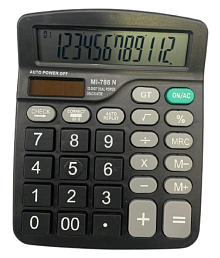
Make sure that the savings from your new loan outweigh the cost of any fees you’ll pay upfront. Just like when you took out your loan the first time, refinancing a commercial property will come with closing costs. Many CRE investors use the cash to either make improvements to the property or buy new Investment properties. With a cash-out refinance on a commercial property loan, you borrow more money than you currently owe and get the difference between the two loan amounts in cash. You can borrow money tax-free with a cash-out refinance. Refinancing commercial real estate can help you avoid making such a big payment at one time. The reason: Commercial loans have shorter repayment periods than traditional mortgages - usually five to 25 years compared with 30 years for a residential mortgage. Balloon payments, which are large, lump-sum payments for the remainder of the loan amount, are an option for commercial loans. For example, if you currently have an adjustable-rate loan, refinancing into a fixed-rate loan may help provide more stability in your payments if rates were to go up. Shortening or lengthening the loan repayment term or type of loan can also be beneficial if you own commercial real estate.

Typically, this can be done by securing a lower mortgage rate than you have on your current loan. The main reason why people choose to refinance is to lower their monthly payments. You may be able to lower your monthly payment. Pros and cons of a commercial property refinance Pros

Typically, borrowers refinance their loans when they can qualify for more favorable terms, such as a lower interest rate or a different loan type. The refinancing process involves using the money from a new loan to pay off an existing one. At its core, refinancing commercial real estate (CRE) works similarly to refinancing a mortgage on a residential property.


 0 kommentar(er)
0 kommentar(er)
